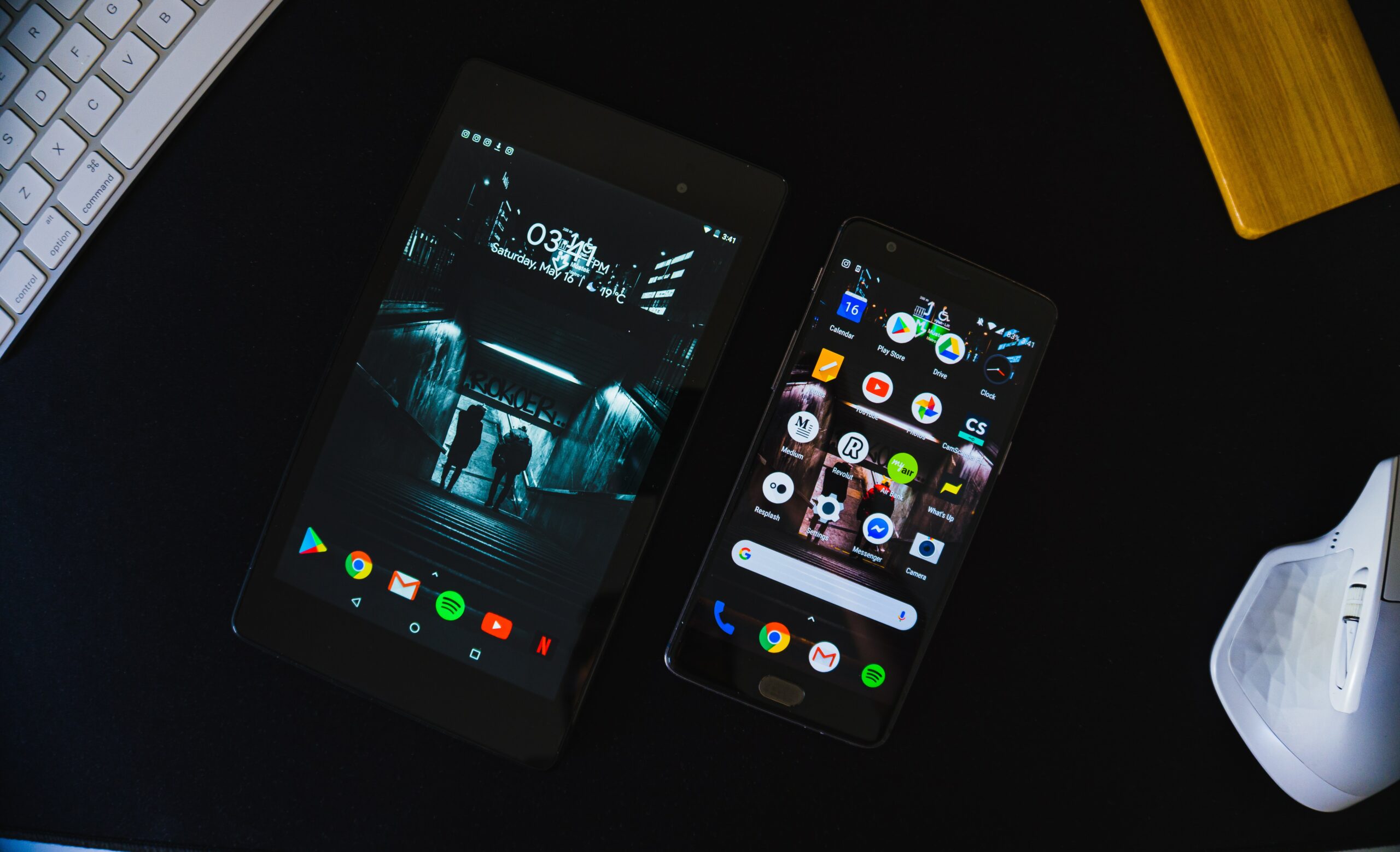Developer conference
Google wants to better compete with the Apple Watch
© dpa-infocom GmbH
The Internet group has so far held back somewhat in the hardware business. That's changing now: At the Google I/O developer conference, among other things, their own smartwatch will be presented.
Google is making a fresh attempt to break Apple's dominance in the computer clock business. The group announced the in-house Pixel Watch, which is intended for users of Android smartphones.
But it won't be on the market until autumn. Google did not name an exact date, nor a price. Apple took the lead in the computer watch business with the launch of its Watch in 2015 and has held it ever since – despite various Android phone makers launching their smartwatches. However, the devices had weaknesses in software and design.
The Pixel Watch is the first computer watch that was developed inside and out by Google, emphasized device boss Rick Osterloh at the Google I/O developer conference near the company's headquarters in Mountain View. As with the Apple Watch, fitness is said to be a core application of the Pixel Watch. You can also use it to make contactless payments, just like with the Apple Watch.
Pixel watch powered by Fitbit technology
Google bought fitness band specialist Fitbit in 2019, whose technology is used in the Pixel Watch. Technology under the Fitbit brand should also continue to exist. As a special feature, Osterloh emphasized that the Pixel Watch can also navigate without a paired smartphone, for example on a bike tour.
The group is also expanding its Pixel product range along Apple's range of devices: There is also an improved Pro model of the Pixel Buds earphones and next year there will also be a new Pixel tablet. Android tablets have not been able to shape the market like Apple's iPad.
Google is bringing the hardware offensive into greater competition with manufacturers of Android devices such as Samsung. As the developer of the Android operating system, the Internet group has so far held back somewhat in the hardware business. Device manager Rick Osterloh now emphasized the advantages of seamless interaction between different devices.
Group shows prototypes of translation glasses
There was no information on technical details such as battery life. From the outside, however, the device looked like conventional horn-rimmed glasses, with the exception of the slightly wider brackets.
Technology that superimposes digital content in real environments – on displays or directly in the user's field of vision – is referred to as «augmented reality» (AR, augmented reality). It is already known that Apple and Facebook, among others, are working on AR glasses. Three years ago, the German Bosch Group showed the prototype of glasses that can show the user arrows for navigation instructions, for example.
Google pioneered computer glasses back in 2012 with the Google Glass, which had a small display and camera. In addition to technical weaknesses, however, data protection concerns were fatal to the device. In contrast to the Google Glass, the new glasses apparently do not have a camera, but can record spoken language with a built-in microphone.



